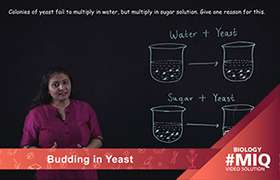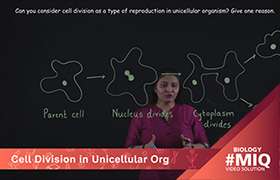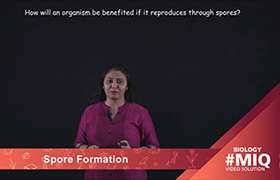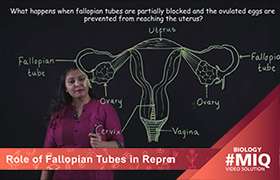CBSE Class 10 Answered
how is vegetative propagation different from sexual reproduction in plants enplane with example
Asked by | 29 Oct, 2012, 10:49: AM
Vegetative propagation is a type of asexual reproduction, wherein the plant part or tissue can give rise to the whole plant without involvement of gametes. In sexual reproduction, the male and female gamete unite to form the zygote, which in turn gives rise to the new plant.
Sexual propagation is reproduction from seeds whereas asexual propagation includes rooting cuttings, grafting, budding, micropropagation, reproduction from bulbs, corms and other vegetative structures. Note that there are benefits to each method of reproduction.
Need for sexual reproduction:
Sexual reproduction helps to create genetic diversity. Sexual reproduction allows plant species to evolve and adapt to an environment as the environment selects those organisms within the population that are most fit for the given environment.
Answered by | 30 Oct, 2012, 11:23: AM
Application Videos
Concept Videos
CBSE 10 - Biology
Asked by ar3886267 | 01 Mar, 2024, 05:57: PM
CBSE 10 - Biology
Asked by janu69659 | 28 Feb, 2024, 09:12: PM
CBSE 10 - Biology
Asked by baibhabsenapati | 16 Feb, 2024, 01:29: PM
CBSE 10 - Biology
Asked by mohammedtaiyabt | 14 Feb, 2024, 05:42: AM
CBSE 10 - Biology
Asked by ananyapatharidav | 06 Feb, 2024, 06:51: PM
CBSE 10 - Biology
Asked by artikumari118 | 05 Feb, 2024, 10:45: AM
CBSE 10 - Biology
Asked by muskan.bharti.dih | 08 Nov, 2023, 11:53: AM
CBSE 10 - Biology
Asked by saritadiwakarjha | 09 Mar, 2023, 02:45: AM
CBSE 10 - Biology
Asked by ten.foundation | 15 Jul, 2022, 02:32: PM
CBSE 10 - Biology
Asked by winkeyroy98 | 15 Jul, 2022, 02:30: PM











